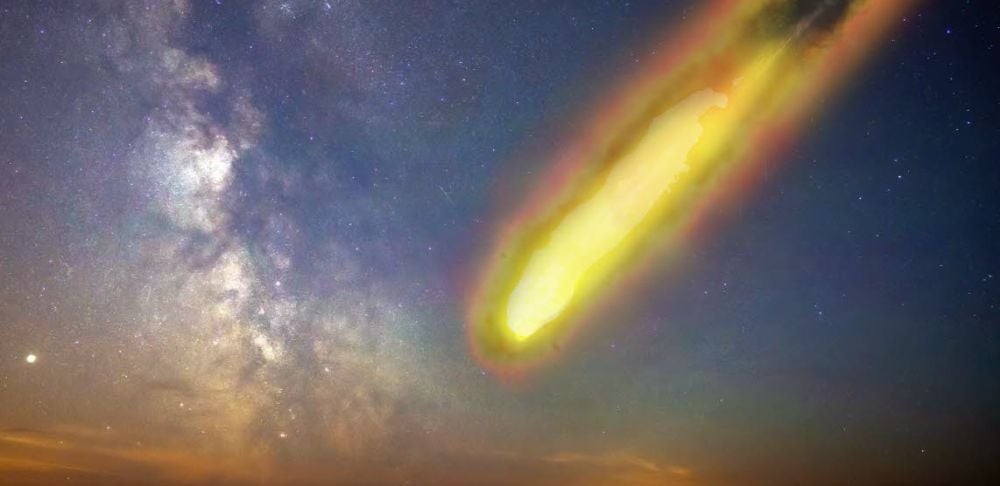Microbial Colonization in Impact Craters
Scientists have discovered that microbial life can rapidly colonize the fractured environments formed by meteorite impacts. A recent study dated the appearance of microorganisms in a 78-million-year-old impact crater, revealing that life not only adapted to these harsh conditions but also thrived for millions of years. These findings highlight the resilience and adaptability of microbial ecosystems in extreme environments.

Implications for Life on Other Planets
Researchers observed that hydrothermal systems created by impacts provide the warmth and nutrients essential for life. This process offers a fascinating glimpse into how life could arise and endure on other planets, such as Mars. The study suggests that impact craters could serve as prime locations for future astrobiology missions searching for life beyond Earth.
The adaptability of microbes in these environments demonstrates the potential for life to exist wherever conditions allow, even after catastrophic cosmic events.
Sources: